Bertillon System
Mr. G. M. Porteous, the agent of the Bertillon system of measuring criminals, appeared before Baltimore’s Board of commissioners yesterday and said he would begin in a few days to put up the apparatus for the introduction of this system in the police department for this city [Baltimore]. The apparatus and the photo gallery for taking the portraits for the Rogues Gallery will be in the room now occupied by the city Commissioner, located on the northwest corner of City Hall, on the first floor. Mr. Harry Bruff, the newly appointed assistant secretary to the board, will be in charge of the apparatus.

Bertillon System
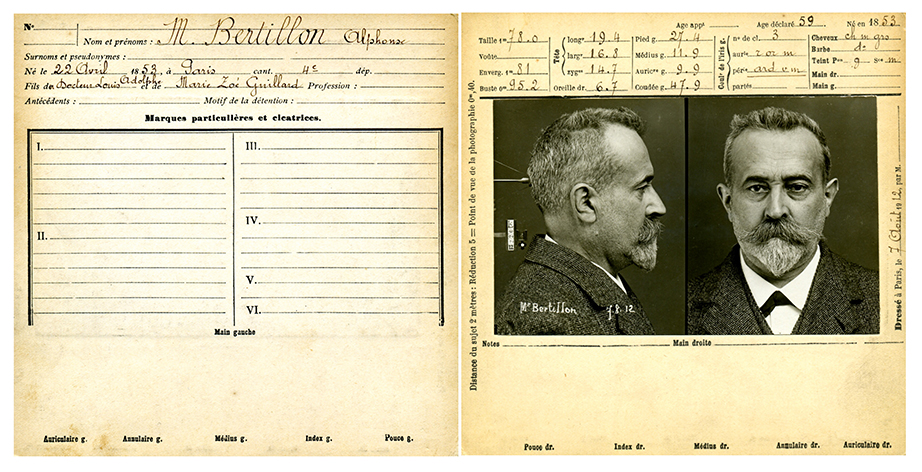
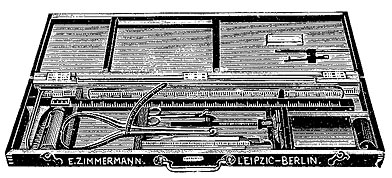
Wednesday, 29 April 1896
The System of Measuring Criminals
Mr. G. M. Porteous, the agent of the Bertillon system of measuring criminals, appeared before Baltimore’s Board of commissioners yesterday and said he would begin in a few days to put up the apparatus for the introduction of this system in the police department for this city [Baltimore]. The apparatus and the photo gallery for taking the portraits for the Rogues Gallery will be in the room now occupied by the city Commissioner, located on the northwest corner of City Hall, on the first floor. Mr. Harry Bruff, the newly appointed assistant secretary to the board, will be in charge of the apparatus.
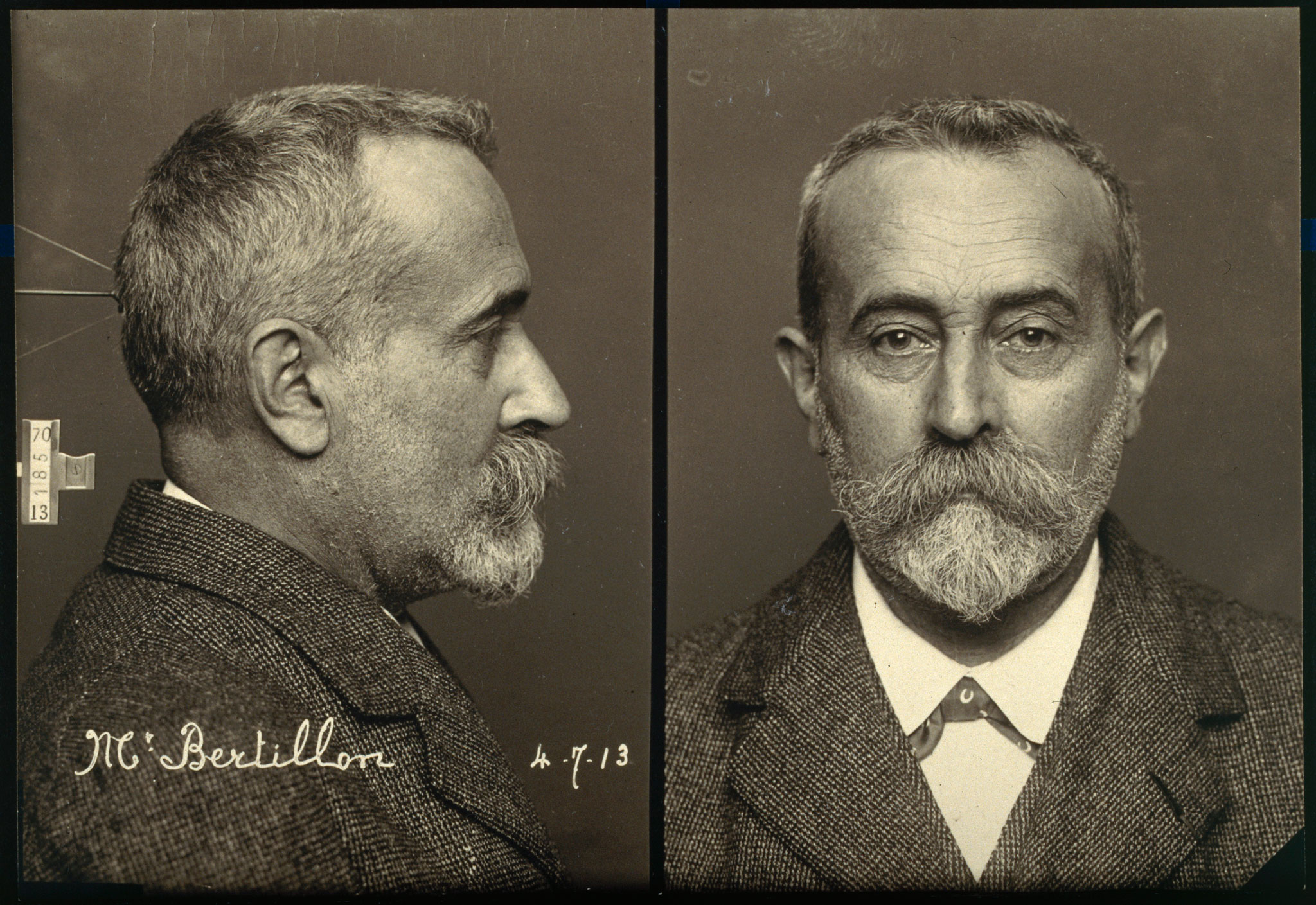
Alphonse Bertillon
Alphonse Bertillon (French) 24 April 1853 – 13 February 1914) was said to have been a French police officer and bio-metrics researcher who applied the anthropological technique of anthropometry to law enforcement. We will see that he was not a Police officer so much as he was a Clerk, in fact, his father arranged for his employment with a low-level clerical position at the Prefecture of Police in Paris. With this, Bertillon began his police career on 15 March 1879 as a department copyist. He may have been given an honorary, or technical title of “Police Officer,” to withstand some of the scrutinizes of not having the security clearances that would have been needed by some of his sworn co-workers. That said for him to have been called an officer so to speak would have been a stretch. None of it matters a sworn officer, a police clerk, police lab, scientist, etc. Titles make no difference as what we have to credit Alphonso Bertillon with stands above all titles in law enforcement. Alphonso Bertillon is known as the Godfather of mugshots, muggings, Rogues Gallery, etc. Like most great inventions or discoveries, his initial idea was slightly different, and more than slightly out there. Alphonso Bertillon wanted police to take measurements and photos of more than 11 different parts of our body, and it was found that this had some legitimacy to it. With that, there were also several flaws, one it was time-consuming, to measure and photograph each person arrested and do it so that it was useful, took special training and a lot of time. Suspects were known to contort themselves to throw these measurements off some. The one thing that did work and worked well; so well in fact that it is still in use as of this day. It was a matter of a simple head-shot (The Mug Shot) a front and one or two profiles (more recently it has been reduced to just one profile picture. This coupled with E.R Henry (Sir Edward Richard Henry) of Scotland Yard and his method of categorizing fingerprints created a system of not just identification based on physical measurements but more importantly a system of categorizing these identifiers.
Anthropometry was the first scientific system used by police to identify criminals. Before that time, criminals could only be identified by name or photograph. The method was eventually supplanted by Sir Edward Henry’s fingerprinting system.
Alphonzo Bertillon is the inventor of the mug shot. Photographing criminals began in the 1840s only a few years after the invention of modern photography, but it was not until 1888 that Bertillon standardized the process. Likewise, Sir E. W. Henry approximately ten years later 1898/99 introduced his catalog system of obtaining and organizing fingerprints on all ten fingers and the two palms.
Bertillon was born in Paris. He was a son of statistician Louis-Adolphe Bertillon and younger brother of the statistician and demographer Jacques Bertillon.
After being expelled from the Imperial Lycée of Versailles, Bertillon drifted through a number of jobs in England and France, before being conscripted into the French army in 1875. Several years later, he was discharged from the military with no real higher education, so his father arranged for his employment in a low-level clerical job at the Prefecture of Police in Paris. Thus, Bertillon began his police career on 15 March 1879 as a department copyist.
Being an orderly man, he was dissatisfied with the ad hoc methods used to identify the increasing number of captured criminals who had been arrested before. This, together with the steadily rising recidivism rate in France since 1870, motivated his invention of anthropometrics. His road to fame was a protracted and hard one, as he was forced to do his measurements in his spare time. He used the famous La Santé Prison in Paris for his activities, facing jeers from the prison inmates as well as police officers.
Frontispiece from Bertillon's Identification anthropometries (1893), demonstrating the measurements needed for his anthropometric identification system.
Bertillon also created many other forensic techniques, including the use of galvanoplastic compounds to preserve footprints, ballistics, and the dynamometer used to determine the degree of force used in breaking in.
The nearly 100-year-old standard of comparing 16 ridge characteristics to identify latent prints at crime scenes against criminal records of fingerprint impressions was based on claims in a 1912 paper Bertillon published in France. The images of fingerprints Bertillon used in his paper and based his claims later turned out to be altered and forged.
Bertillon died 13 February 1914 in Paris.
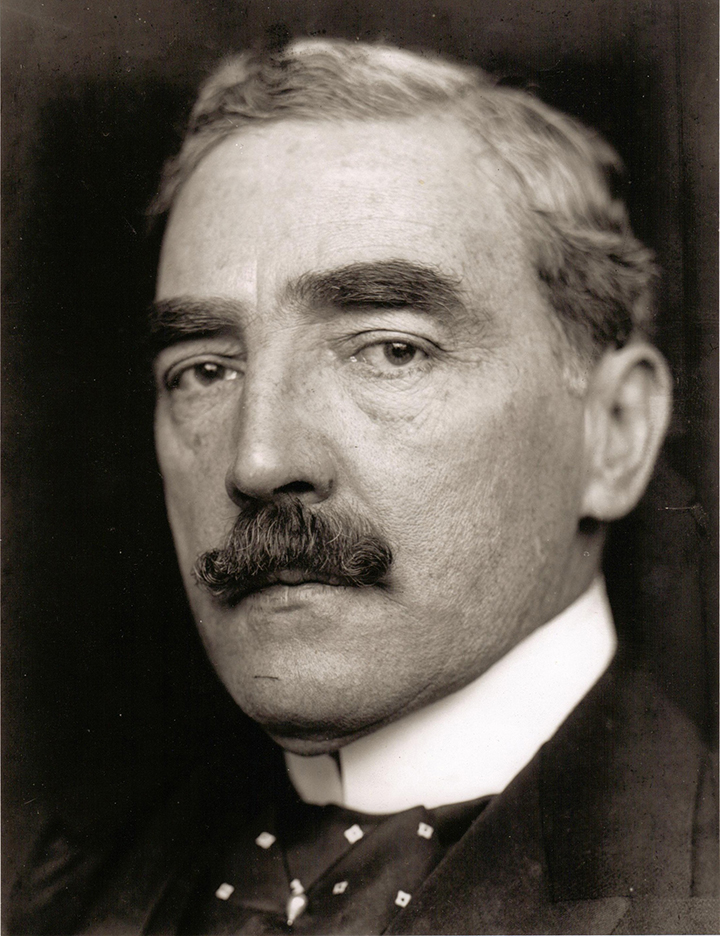
Sir Edward Richard Henry
FINGERPRINTS
Sir Edward Richard Henry, 1st Baronet, GCVO, KCB, CSI, KPM (26 July 1850 – 19 February 1931) was the Commissioner of Police of the Metropolis (head of the Metropolitan Police of London) from 1903 to 1918.
His commission saw the introduction of police dogs to the force (a development which he regarded with goodwill), but he is best remembered today for his championship of the method of fingerprinting to identify criminals.
On 9 July 1873, he passed the Indian Civil Service Examinations and was 'appointed by the (Her Majesty's) said [Principal] Secretary of State (Secretary of State for India) to be a member of the Civil Service at the Presidency of Fort William in Bengal.' On 28 July 1873, he married Mary Lister at St Mary Abbots, the Parish Church of Kensington, London. Mary's father, Tom Lister was the Estate Manager for the Earl of Stamford.
In September 1873 Edward Henry set sail for India. He arrived in Bombay and traveled across India arriving at Allahabad on 22 October 1873 to take up the position of Assistant Magistrate Collector within the Bengal Taxation Service.
He became fluent in Urdu and Hindi. In 1888, he was promoted to Magistrate-Collector. In 1890, he became aide-de-camp and secretary to the Lieutenant-Governor of Bengal and Joint Secretary to the Board of Revenue of Bengal.
On 24 November 1890, as a widower, he remarried, by marrying Louisa Langrishe Moore.
On 2 April 1891, Henry was appointed Inspector-General of Police of Bengal. He had already been exchanging letters with Francis Galton regarding the use of fingerprinting to identify criminals, either instead of or in addition to the anthropometric method of Alphonse Bertillon, which Henry introduced into the Bengal police department.
The taking of fingerprints and palm prints had been common among officialdom in Bengal as a means of identification for forty or more years, having been introduced by Sir William Herschel. But it was not used by the police, and there was no system of categorizing them to allow rapid identification of an individual print (although the classification of types was already used).
Between July 1896 and February 1897, with the assistance of Sub-Inspectors Azizul Haque and Hemchandra Bose, Henry developed a system of fingerprint classification enabling fingerprint records to be organized and searched with relative ease. It was Haque who was primarily responsible for developing a mathematical formula to supplement Henry's idea of sorting in 1,024 pigeon holes based on fingerprint patterns. Years later, both Haque and Bose, on Henry's recommendation, received recognition by the British Government for their contribution to the development of fingerprint classification]
In 1897, the Government of India published Henry's monograph, Classification, and Uses of Fingerprints. The Henry Classification System quickly caught on with other police forces, and in July 1897 Victor Bruce, 9th Earl of Elgin, the Governor-General of India, decreed that fingerprinting should be made an official policy of the British Raj. This classification system was developed to facilitate orderly storage and faster search of fingerprint cards called ten-print cards. It was used when the ten-print cards were cataloged and searched manually and not digitally. Each ten-print card was tagged with attributes that can vary from 1/1 to 32/32.
In 1899, the use of fingerprint experts in court was recognized by the Indian Evidence Act.
In 1898, he was made a Companion of the Star of India (CSI)
In 1900, Henry was seconded to South Africa to organize the civil police in Pretoria and Johannesburg.
In the same year, while on leave in London, Henry spoke before the Home Office Belper Committee on the identification of criminals on the merits of Bertillonage and fingerprinting.
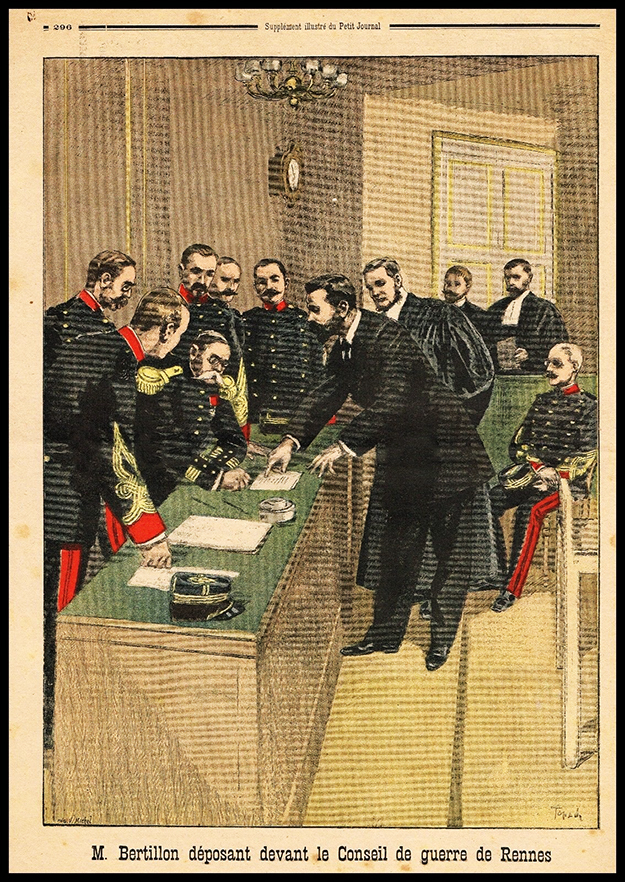
Alphonse Bertillon
![]()
POLICE INFORMATION
Copies of: Your Baltimore Police Department Class Photo, Pictures of our Officers, Vehicles, Equipment, Newspaper Articles relating to our department and or officers, Old Departmental Newsletters, Lookouts, Wanted Posters, and or Brochures. Information on Deceased Officers and anything that may help Preserve the History and Proud Traditions of this agency. Please contact Retired Detective Kenny Driscoll.

NOTICE
How to Dispose of Old Police Items
Please contact Det. Ret. Kenny Driscoll if you have any pictures of you or your family members and wish them remembered here on this tribute site to Honor the fine men and women who have served with Honor and Distinction at the Baltimore Police Department.
Anyone with information, photographs, memorabilia, or other "Baltimore City Police" items can contact Ret. Det. Kenny Driscoll at
Copyright © 2002 Baltimore City Police History - Ret Det Kenny Driscoll





